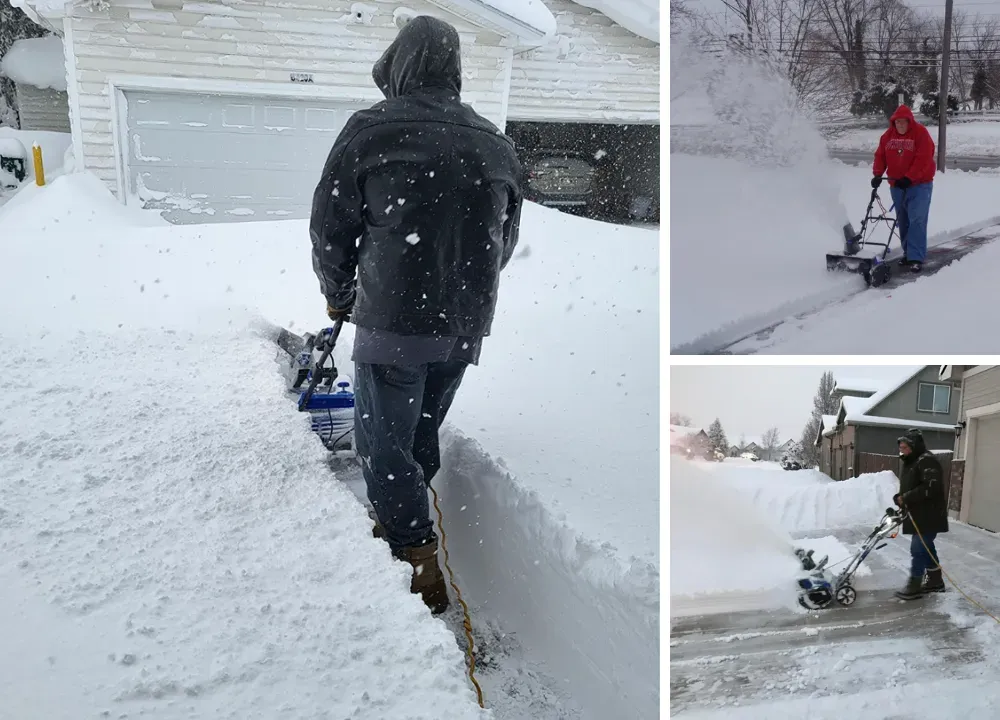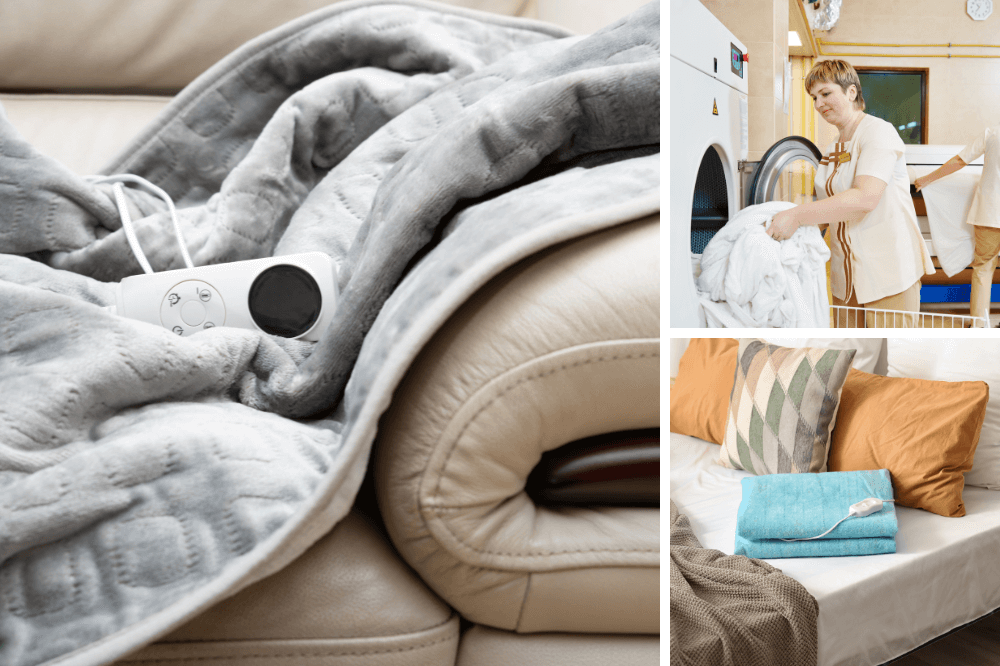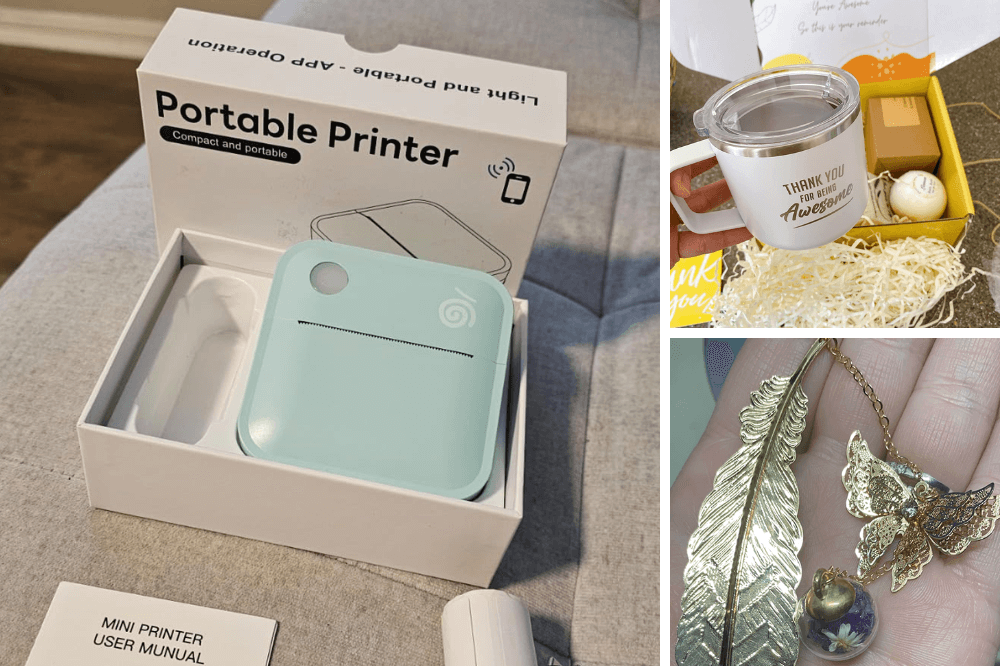Key Takeaways:
- Understand the necessary preparations for transporting a snowblower safely.
- Learn the best practices for loading and securing a snowblower onto a vehicle.
- Discover the importance of choosing the right transportation method for your snowblower.
Transporting a snowblower can be a daunting task, especially if you're doing it for the first time. Whether you're moving it to a new house, taking it to the shop for maintenance, or lending it to a friend for an upcoming storm, it's important to do it safely and efficiently. This article will guide you through the process, ensuring your snow blower arrives at its destination without a hitch.
Pre-Transport Preparation
Before you even think about moving your snowblower, you need to prepare it for transport. This means ensuring that the gas tank is empty to prevent any spills during the journey. If you're using an electric snow blower, disconnect all power sources.
It's also a good idea to clean off any residual snow or ice to avoid creating a mess in your vehicle.
Choosing the Right Vehicle
When considering how to transport a snowblower, the type of vehicle you have access to is crucial. A pickup truck is ideal due to its spacious pickup bed, which can accommodate most snow blowers.
If you don't own a truck, you might consider renting one from services like U-Haul or borrowing from a friend. For smaller, single-stage snowblowers, a large SUV or a vehicle with a hitch receiver for a trailer could also work.
Loading Ramps and Techniques
To get your snowblower into the truck bed or trailer, you'll need ramps. Ramps provide an easy load pathway and prevent strain on your back. Ensure the ramps are securely attached to the tailgate or trailer edge to prevent slipping. Push the snowblower up the ramps with steady pressure, keeping it in low gear if it's self-propelled. For heavier machines, using a hand truck can make this process easier.
Securing the Snowblower
Once the snowblower is in the vehicle, it's time to secure it. Ratchet straps are your best friend here, as they can be tightened to keep the snowblower from moving during transport. Attach the straps to solid parts of the machine and anchor points in the pickup bed or trailer. Make sure the fit is tight to prevent any sliding or tipping.
Transporting in a Trailer
If you're using a trailer, the same principles apply. Ensure the snowblower is centered to maintain a balanced weight distribution. Trailers often have built-in anchor points which make securing with ratchet straps straightforward. Double-check that the trailer's hitch is properly connected to your vehicle and that all lights are functioning.
Transporting a Snowblower in Various Weather Conditions
Have you ever considered how the weather might affect your snowblower transport plans? It's not just about the snow on the ground; other elements come into play too. For instance, if it's raining, you'll want to ensure your snowblower is covered to prevent any water damage, especially to the engine or electrical components. Using a waterproof tarp can be a lifesaver in these situations.
On the other hand, if you're transporting in sunny, dry conditions, you might be less concerned about moisture and more about dust and debris. In this case, a simple cover might suffice to keep your snowblower clean and ready for use.
When it's windy, things can get tricky. Strong winds could potentially shift your snowblower, even if it's well-secured. This is where your strap game needs to be on point. Double-check that all straps are tight and secure, and if possible, position the snowblower against a side wall of your truck or trailer to minimize movement.
And let's not forget about temperature extremes. Extreme cold can make metal brittle and straps less flexible, so always give your securing equipment a once-over before hitting the road in chilly weather.
Transporting a Snowblower: Tips for Tight Fits
When you're faced with the challenge of transporting a snowblower in a tight fit, such as a packed garage or a cluttered shed, a few clever strategies can make all the difference. Firstly, consider the size and type of your snowblower. A single-stage snowblower, being more compact, is easier to maneuver through narrow spaces.
Before you start the process, clear a path by putting away any stuff that might obstruct your way. If you're using a U-Haul or similar rental, measure the door opening to ensure your snowblower will fit. It's a bit like playing a real-life game of Tetris, where every inch counts!
In scenarios where the snowblower won't fit horizontally, look for ways to safely lift it. Some snowblowers come with wheels that facilitate tilting and rolling, which can be a real back-saver. If you're transporting a heavier model, like a tractor-mounted snowblower, you might need additional equipment such as a ramp or a lift.
Always ensure that the snowblower is turned off and the keys are removed before attempting to lift or tilt it. For those who frequent forums discussing snowblower maintenance and transport, reviving an old thread or creating a new thread to ask for advice on tight fit solutions can yield helpful responses and could save you from a transportation headache.
Transporting a Single-Stage Snowblower: Simplified Strategies
When it comes to transporting a single-stage snowblower, the process can be notably less cumbersome than its two-stage or three-stage counterparts. These models are typically lighter and more compact, making them ideal for quick response, and could be easily maneuvered into a variety of vehicles.
For example, a standard sedan's trunk might suffice for these smaller units, especially if you're dealing with a short driveway or a tight garage space. Always ensure the snowblower is turned off and the key is removed before attempting to lift it into your vehicle.
However, if you're considering creating a new routine for transporting your single-stage snowblower, you might want to look into a small utility trailer from providers like U-Haul. These trailers are easy to hitch to the back of a vehicle and can handle the weight of a single-stage snowblower with ease. Not only does this prevent any potential damage to the interior of your car, but it also makes the loading and unloading process significantly more straightforward. Remember to secure the snowblower with straps to prevent any movement during transit
Enhancing Your Snowblower Transport with the Right Accessories
The right accessories can transform the snowblower transport experience from a daunting task to a smooth operation. Innovations in transport accessories are constantly emerging. When securing the snowblower in a vehicle or trailer, using straps designed for heavy machinery can ensure a snug fit without damaging the machine.
For those who document their snowblower maintenance and transport processes, an image gallery can be a useful tool. By creating a gallery embed of your snowblower being loaded, secured, and transported, you provide a visual aid that can help others in the community. It's also worth considering the use of a hitch carrier with an alignment list that ensures your snowblower stays in place during transit. And if you're sharing your experience on a forum, don't forget to use the insert link feature to provide quick access to the products you're discussing. Whether you're putting your snowblower into a trailer or onto a hitch carrier, these accessories can make the process more efficient and secure.
Innovations in Snowblower Transport Accessories
The world of snowblower transport is ever-evolving, with new gadgets and accessories popping up to make the job easier. For example, the latest ramp models from companies like Harbor Freight come with enhanced grip surfaces and foldable designs for easy storage. These ramps are a godsend for loading heavy, fully assembled snowblowers onto trucks or trailers. And speaking of trucks, U-Haul and other rental companies now offer vehicles with built-in ramps, making it a breeze to slide your snowblower into the cargo space without a separate ramp.
But ramps aren't the only cool tools on the block. Have you seen the new bucket attachments for tractors? These nifty devices allow you to scoop up your snowblower and transport it across your property with ease – no lifting required. And for those with a knack for DIY, online forums are a treasure trove of ideas. From custom-built hitch carriers to clever strap configurations, the forum community dedicated to snowblower transport is buzzing with innovation. Just insert a link to an older thread you may find, and you could be reviving a conversation with more replies and possibly new solutions.
Using a Hitch Carrier
For smaller snow blowers, a hitch carrier could be a viable option. These carriers attach directly to your vehicle's hitch receiver and can hold the weight of a single-stage snowblower. Make sure to check the carrier's weight capacity and secure the snowblower as you would in a truck bed or trailer.
Safety Checks Before Departure
Before you hit the road, perform a thorough safety check. This includes double-checking the tightness of the ratchet straps, ensuring the ramps are removed and stowed away, and verifying that the snowblower isn't blocking your vehicle's lights or license plate. It's also wise to drive a short distance and then recheck everything to ensure it's all still secure.
Driving Considerations
When driving with a snowblower in tow, take it slow and steady. Avoid sudden stops or sharp turns that could cause the snowblower to shift. If you're not used to driving with a trailer or a loaded pickup bed, practice in an empty parking lot to get a feel for the weight and handling changes.
Unloading Safely
Upon reaching your destination, carefully reverse the loading process. Use ramps to gently slide the snowblower down from the truck bed or trailer. Again, if the machine is heavy, enlist the help of a hand truck or an extra pair of hands to ease the unloading process.
Post-Transport Inspection
After unloading, give your snowblower a quick inspection to ensure that nothing has shifted or become loose during transport. Check for any signs of damage that might have occurred on the road. This is also a good time to refuel or reconnect the battery if necessary.
Summary
Transporting a snowblower requires careful planning and execution. From emptying the gas tank to securing the machine with ratchet straps, each step is important to ensure safe and efficient transport. Whether you're using a pickup truck, trailer, or hitch carrier, always prioritize safety by performing checks before, during, and after your journey.
FAQ Section
Q: Can I transport a snowblower in an SUV? A: Yes, smaller, single-stage snowblowers can often fit in the cargo area of a large SUV. Make sure to lay down protective sheeting and secure the snowblower to prevent it from moving around.
Q: Do I need to drain the gas tank before transporting a snowblower? A: Yes, it's recommended to drain the gas tank to prevent spills and reduce the risk of fire during transport.
Q: What if I don't have ratchet straps to secure the snowblower? A: Ratchet straps are the safest option, but if you don't have them, you can use sturdy rope or bungee cords as a temporary solution. However, make sure they're strong enough to hold the snowblower firmly in place.











